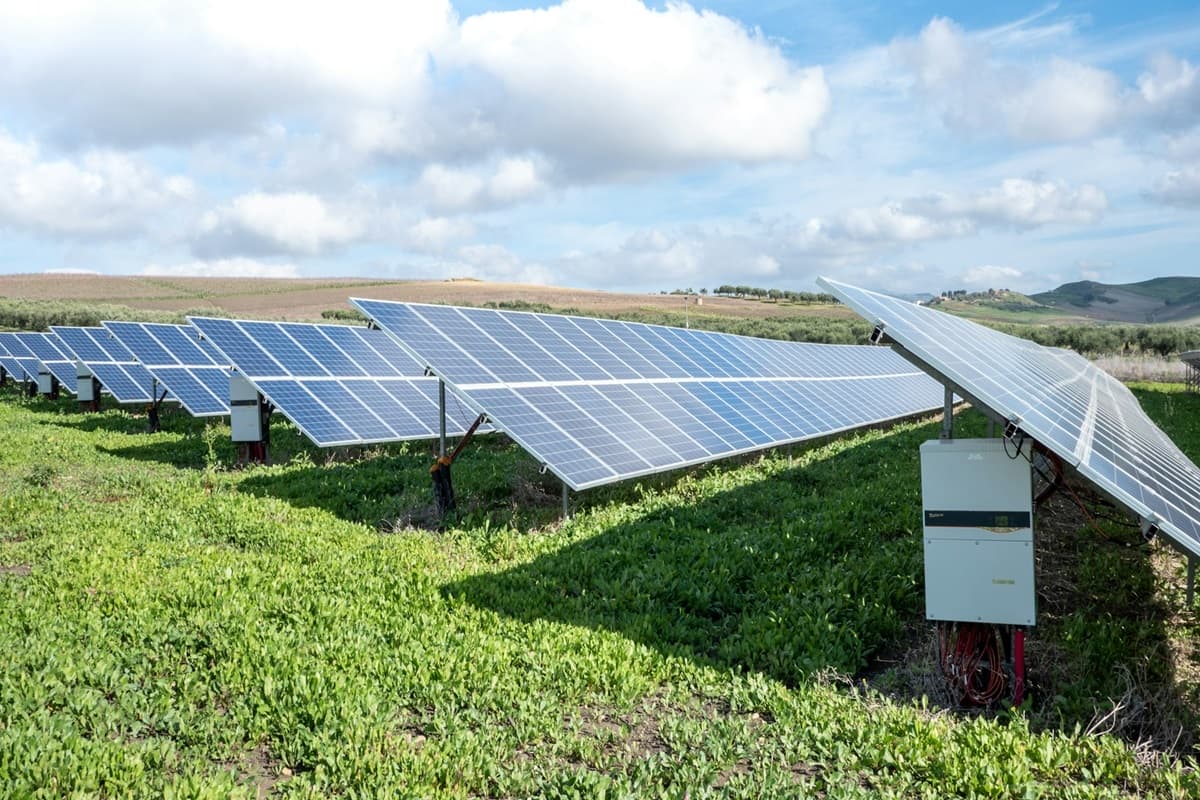Last Tuesday, August 27, the Chinese government released a set of guidelines to ensure support for its largest economic zone through multi-level capital markets.

The mentioned zone currently demonstrates an unambiguous and obvious desire to commit to the so-called green transition. In this case, a kind of unifying goal of all measures within the framework of the corresponding movement toward energy transformation is to provide infrastructure for better growth. It is worth noting that Beijing, as the political center of the People’s Republic of China, generally stands in solidarity with such aspirations and perceives the specified green transition as an expedient dynamic within the framework of a vector aimed at forming a new platform for economic development.
The economic zone covered by a set of guidelines, unveiled on Tuesday, is located in the Yangtze River Belt. This region accounts for 21% of the entire surface area of China. The corresponding economic zone also generates 44% of the gross domestic product (GDP) of the Asian country. Beijing is offering local businesses to raise capital through so-called green bonds and equity. The initiative of the relevant content is stated in a directive jointly released by the People’s Bank of China and seven other ministries.
Beijing’s proposal provides that the funds received under the mentioned capital raising practice will be used to improve the performance of waste recycling activities. Also, in this case, it is proposed to use part of the financing for the introduction of so-called green technologies. Moreover, Beijing’s vision stipulates that another part of the capital should be allocated to the implementation of measures related to the achievement of anti-pollution goals.
The mentioned proposals of the Chinese authorities indicate that the leadership of the Asian country is interested in a kind of evolution of the local economic system. In this case, it is meant to be what can be called the transformation of the sources and the basis of the development of the state. Beijing, as part of a new approach to economic growth, intends to rely more on solutions in the area of what is traditionally characterized as green energy. Production methods in the broad sense of the corresponding definition, focused on minimizing environmental damage, are becoming increasingly important for the authorities of an Asian country. At the same time, Beijing has not yet abandoned heavy industry, based on standard manufacturing methods that have become traditional in the conventional sense in the framework of historical experience.
Last month, the leadership of the Asian country held a large economic conference, during which the so-called green finance became a priority topic of discussion. Recently, opinions have been increasingly circulating in the space of China’s economic system, which is the second largest in the world, about the need to introduce such financial instruments that will provide a higher level of resistance to climate change and become a platform for achieving the goals of environmentally resilient growth.
The economic zone in the Yangtze River Belt, which includes 11 provinces and cities, is described in a directive jointly that was released by the People’s Bank of China and seven ministries as the main battlefield for so-called green environmental development. Also in this case, concerning the mentioned part of China, formulations such as the main artery of the dual circulatory system and the main driving force in high-quality economic development were used.
Companies based in the Yangtze River Belt will receive support from the central government of the Asian country. It is worth noting that in this case, the condition for providing support is compliance with requirements that have not yet been formulated in the format of specific and unambiguous norms. It is also known that the aid provided by Beijing will facilitate the effective use of multi-level capital for raising financing.
A set of guidelines, unveiled on Tuesday, state-owned enterprises can list, refinance, carry out mergers and acquisitions, and list in the National Equities Exchange and the Quotations System, which is an over-the-counter market in mainland China, known as the third board.
The central government of China recommends that financial institutions and enterprises in the economic zone located in the Yangtze River Belt issue green bonds. It is worth noting that in this case, compliance with both national standards and international norms is provided. The Chinese authorities say that the issue of green bonds will help raise foreign financing to invest in the low-carbon transformation of the Asian country.
The People’s Bank of China and local ministries also declare their intentions to use the tools of structural monetary policy. It is expected that the relevant tools will help financial institutions increase their support for so-called green initiatives. Also, the financial regulator and ministries of the Asian country predict that the quality of carbon emissions data will be improved as a result of nurturing high-level third-party tabulators.
Beijing strongly recommends that Chinese banks continue to support the most significant environmental projects in the Yangtze River Belt. In this case, it means initiatives related to the recycling of waste generated by processes that are part of the structure of the functional existence of cities. Also, support from financial institutions, according to the central authorities of China, should extend to projects focused on controlling pollution, protecting soils and water, preserving biodiversity, and mitigating the effects of climate change.
Moreover, Beijing is focused on implementing efforts aimed at building incentive mechanisms and constraint tools that can most likely provide establishing carbon accounts for some industries and individuals. These measures are expected to improve data efficiency in the management of carbon footprints.
The above-mentioned set of guidelines was unveiled two weeks after the State Council, China’s cabinet, presented a plan to boost the environmental friendliness of the world’s second-largest economy. The corresponding plan covers such areas of activity as the energy sector, the transport industry, and agriculture. Also, in this case, the development of special financial instruments is envisaged. Relevant instruments include eco-friendly insurance, equity, and trusts. All these solutions are focused on achieving the goal of implementing the process of consistent decarbonization of the world’s second-largest economy.
Moreover, the plan unveiled two weeks ago contains a declaration of aspiration for a very ambitious result, which is the formation of an environmental protection industry worth 15 trillion yuan ($2.1 trillion) by the end of the current decade.
It is known that the People’s Bank of China will continue to provide cheap loans to finance projects to reduce emissions by the end of 2027. It is worth noting that within the framework of the relevant environmental goals, Beijing aims to achieve maximum results. In this case, it is implied that China intends to actually reset emissions. The corresponding goal was stated by the government of the Asian country in the current month.
As we have reported earlier, China’s Economy Fails to Rebound.









